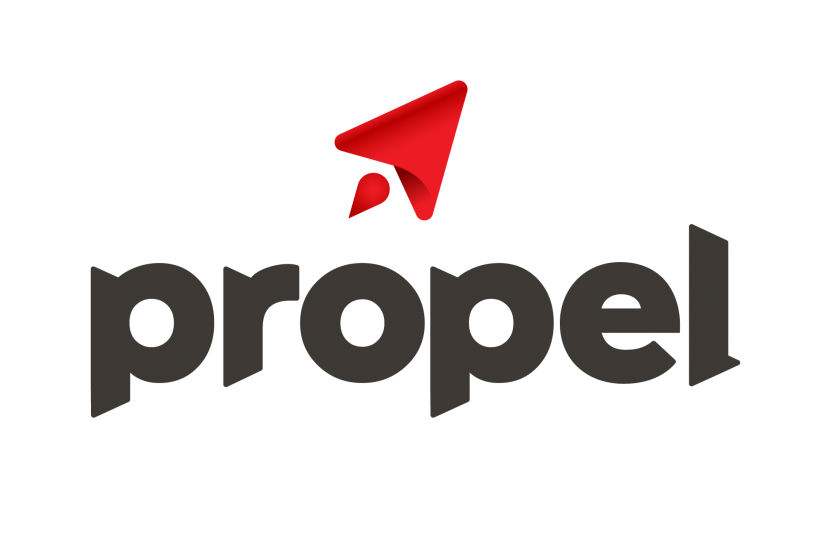Dartmouth-based Graphite Innovation and Technologies has formed a strategic partnership with Eastern Pacific Shipping under which the Singapore-based shipping line will apply GIT’s protective coating to its ships.
The two companies issued a press release Wednesday announcing the partnership. It comes four months after GIT was accepted into the bluetech accelerator that Eastern Pacific operates with Techstars.
Founded in 2017 by CEO Mo AlGermozi and Marciel Gaier, GIT manufactures graphene coatings designed to prevent corrosion and improve the durability of ships' hulls, dams and other equipment subject to extreme environments. Graphene is a carbon-based material that is 200 times stronger than steel and efficiently conducts heat and electricity.
The statement said East Pacific has applied the coating successfully to its tanker Quebec, and will now apply it to another tanker, Kent.
“Our shared goal of reducing the environmental impact in the world’s oceans is of paramount importance,” said GIT Chief Executive Mo AlGermozi in the statement. “These projects are a step forward towards not only reducing emissions, but also mitigating risks to ocean health.”
Eastern Pacific manages a fleet of 200 vessels and over 20 million deadweight-tonnes, including container, dry bulk and tanker vessels. The companies said this partnership provides a strategic alignment with a focus on sustainability and decarbonization.
GIT’s first project with Eastern Pacific involved the application of a fresh coat of XGIT-PROP, a biocide-free graphene-based propeller coating on the Quebec. The statement said the product reduced the amount of paint needed for the project, improved fuel efficiency and reduced engine noise.
Eastern Pacific is now planning a complete application of the XGIT coating system on both the hull and propeller of a sister ship, Kent.
“The application of XGIT in lieu of traditional anti-fouling hull coatings will prevent the release of up to 1,900 kg of copper biocide to the ocean,” said the statement. “EPS will benefit from a significant reduction in fuel burned compared to a traditional anti-fouling coating by maintaining a durable ultra-low hull roughness with this system.”
It added that over the next five years, the tanker will avoid the emission of up to 10,562 metric tonnes of CO2.
“The adoption of cutting-edge technology and innovative solutions play a key role at EPS,” said Gil Ofer, EPS Special Advisor for Innovation. “That’s why teaming up with GIT was an easy decision. By supporting fuel efficiency and requiring less paint, GIT’s coatings will be instrumental in our decarbonisation and sustainability efforts.”










